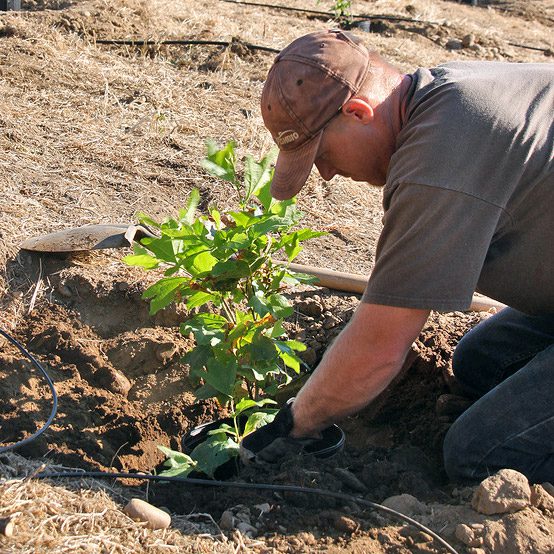Friday August 26, 2011

With a small crew, we successfully planted native seedlings at our restoration site along the Stanislaus River (see Brute Force! and Fill ‘er Up). Planting native trees on this weed-dominated riverbank is a small component of a much larger project. The bulk of the project will involve grading down an in-stream island, a remnant of the large-scale gold dredging era, to remove the steeply sloped banks and create floodplain for salmon and steelhead rearing habitat, as well as relocating gravel to create some additional spawning habitat. The in-channel work was scheduled to take place this summer however, due to unusually high river flow, it was not possible to operate heavy equipment in the river this year. Instead, this year we have focused on removing non-native invasive plants such as tree-of-heaven (Ailanthus altissima), Himalayan blackberry (Rubus discolor), and Arundo donax and replacing them with native riparian vegetation. Although the objective of the project is to increase spawning and rearing habitat for salmon and steelhead, maintaining a good riparian zone is beneficial in many ways. An adequate riparian buffer will shade the river and keep the water cool, stabilize the bank to prevent erosion, filter nutrients and sediments to maintain high water quality, provide wood for instream structure, and provide habitat for the insects that salmonids feed on.
